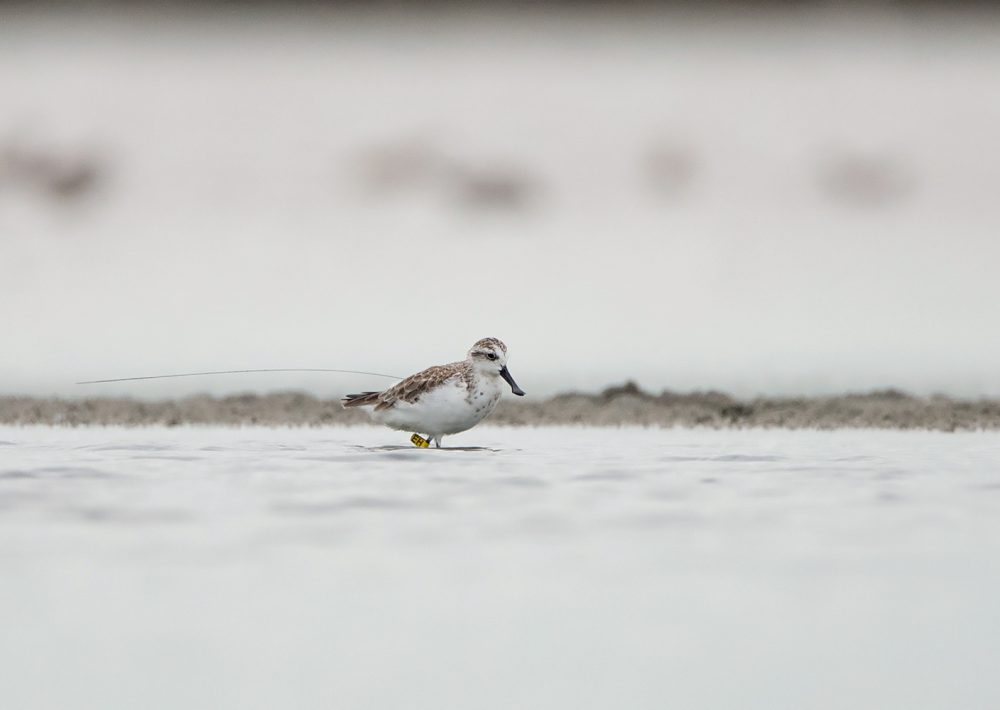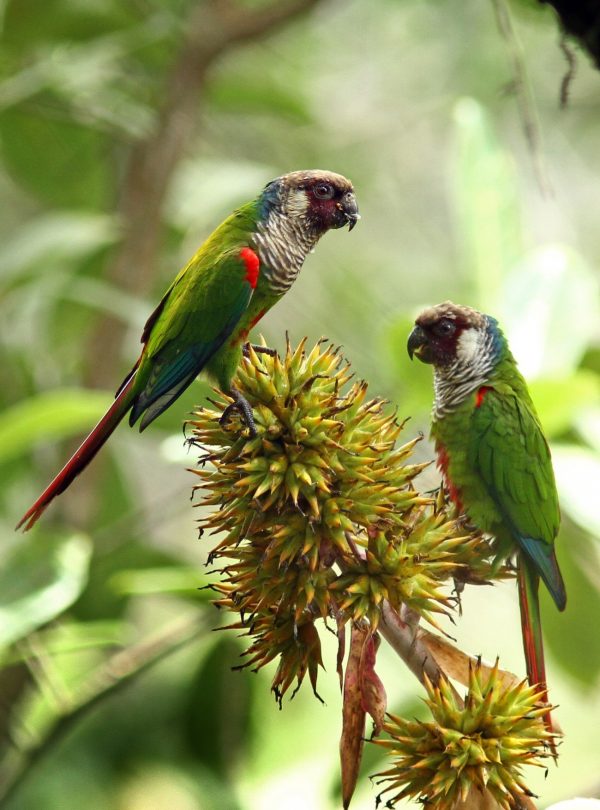
Safeguard Nant Thar Island for Myanmar's Endangered Shorebirds
Support more work like thisSupport more work like thisNant Thar Island and its surrounding inshore waters harbors a mosaic of wetland types that provide globally important habitats for wintering migratory shorebirds and nesting sites for sea turtles.
-
Species at Risk
3 Species
-
Carbon stored
(Not Applicable for MPAs)*
*(metric tons of CO2 equivalents) -
Partner
Biodiversity and Nature Conservation Association
-
8,916 Proposed Acres Conserved by
Designation
-
Project Cost: $274,217

8,916
Nant Thar Island and its surrounding inshore waters harbors a mosaic of wetland types that provide globally important habitats for wintering migratory shorebirds and nesting sites for sea turtles.
-
Species at Risk
3 Species
-
Carbon stored
(Not Applicable for MPAs)*
*(metric tons of CO2 equivalents) -
Partner
Biodiversity and Nature Conservation Association
-
8,916 Proposed Acres Conserved by
Designation
-
Project Cost: £199,563

8,916

PROJECT UPDATE —
Thanks to the work of our partner, Biodiversity and Nature Conservation Association (BANCA), 22,999 acres have been purchased as part of the Nant Thar Kyun Marine National Park in Myanmar. Officially designated in February 2022, this is a 257% increase from the original planned total of 8,916 acres, and includes primarily marine acres and around 3,000 acres of land.
Protect coastal habitat from overfishing
Just off the northwest coast of Myanmar, Nant Thar Island and its surrounding inshore waters are an ecologically important coastal landscape. The island harbors a mosaic of wetland types including intertidal mudflats and mangroves that provide globally important habitats for wintering migratory shorebirds and nesting sites for sea turtles.
Nant Thar is not legally protected, which has led to the unsustainable exploitation of marine and coastal resources. The local communities are impoverished and heavily rely on small fisheries to survive, and commercial overfishing has exacerbated already-poor conditions. In addition, climate change has caused sea levels to rise and extreme weather events to wipe out important habitat.
Rainforest Trust and local partner Biodiversity and Nature Conservation Association (BANCA) are working alongside communities and government to designate the 8,916-acre Nant Thar Island Wildlife Sanctuary. Establishing this protected area is not only necessary to secure the land for biodiversity, but to benefit the local communities by establishing regulations for the management of the area and its declining fisheries.
Did you know?
of the Critically Endangered Spoon-billed Sandpiper population winter on Nant Thar.
Explore the coast

Baby Olive Ridley Turtles, by Guillermo Ossa


Save globally threatened species
Nant Thar meets the criteria of a Ramsar Site and has recently been declared an East Asian-Australasian Flyway Network Site. Although it is only a small area, about 5,000 shorebirds winter on Nant Thar Island; to date, 67 shorebird species have been recorded. Most notably, 5% of the Critically Endangered Spoon-billed Sandpiper population winter on Nant Thar before migrating to Russia to breed. Other globally threatened birds that regularly visit include the Endangered Great Knot and Endangered Spotted Greenshank.
In addition, the sandy beaches of Nant Thar serve as critical breeding and nesting sites for the Green Turtle (EN), Loggerhead Turtle (VU) and the Olive Ridley (VU).
Help local communities maintain their livelihoods
The new protected area is essential to keeping out commercial fisheries and allows a bright future for sustainably sourced local livelihoods. In order to maintain regular communication with communities, our partner will establish conservation groups in each village so they can effectively protect the landscape.
BANCA and community groups are also working to conduct biodiversity studies to better understand the ecology of the environment and ensure fisheries are not encroaching on important habitats.


Sign up to receive the latest updates
"*" indicates required fields
100% of your money goes to our conservation efforts
Our board members and other supporters cover our operating costs, so you can give knowing your whole gift will protect rainforests.

